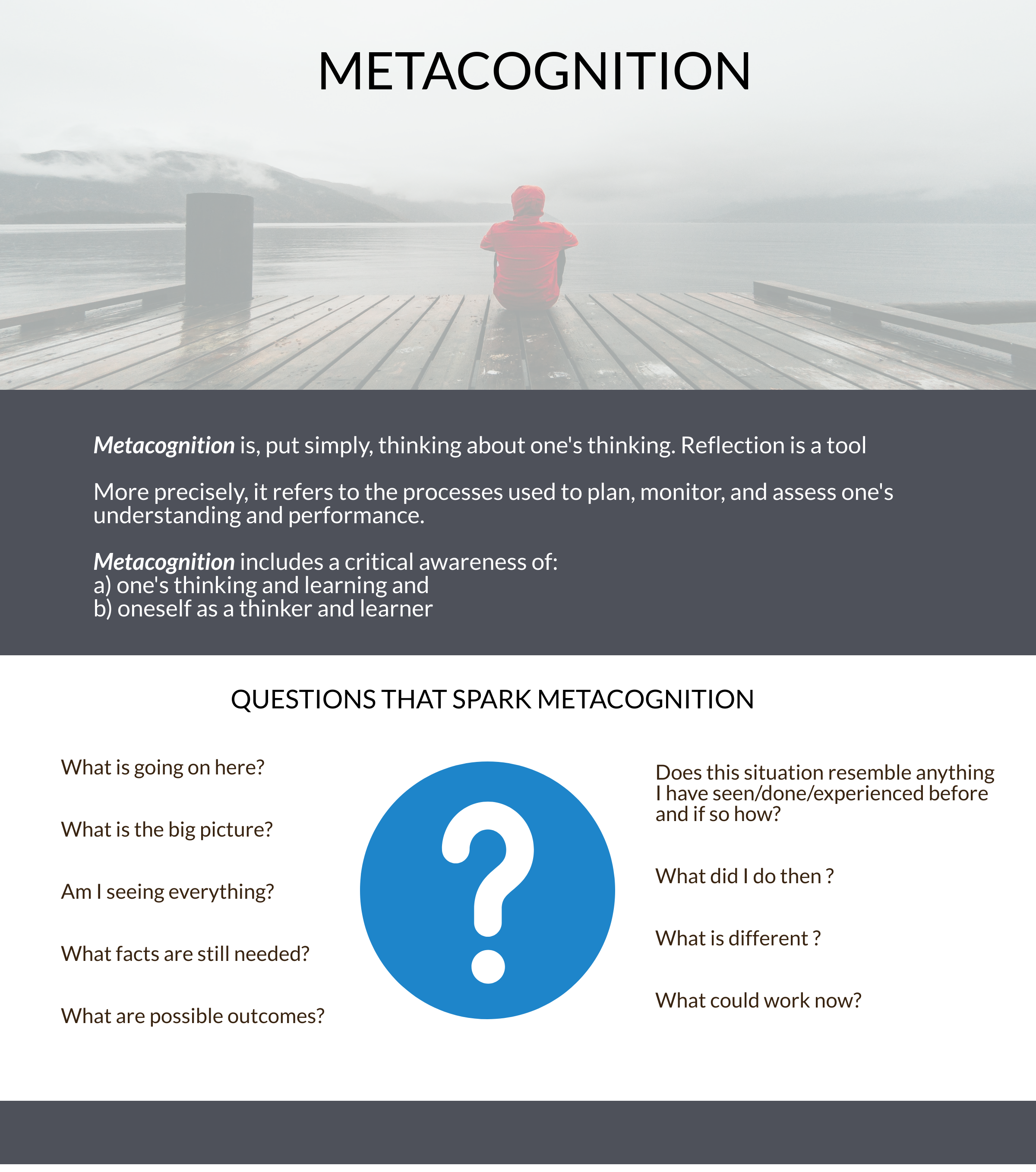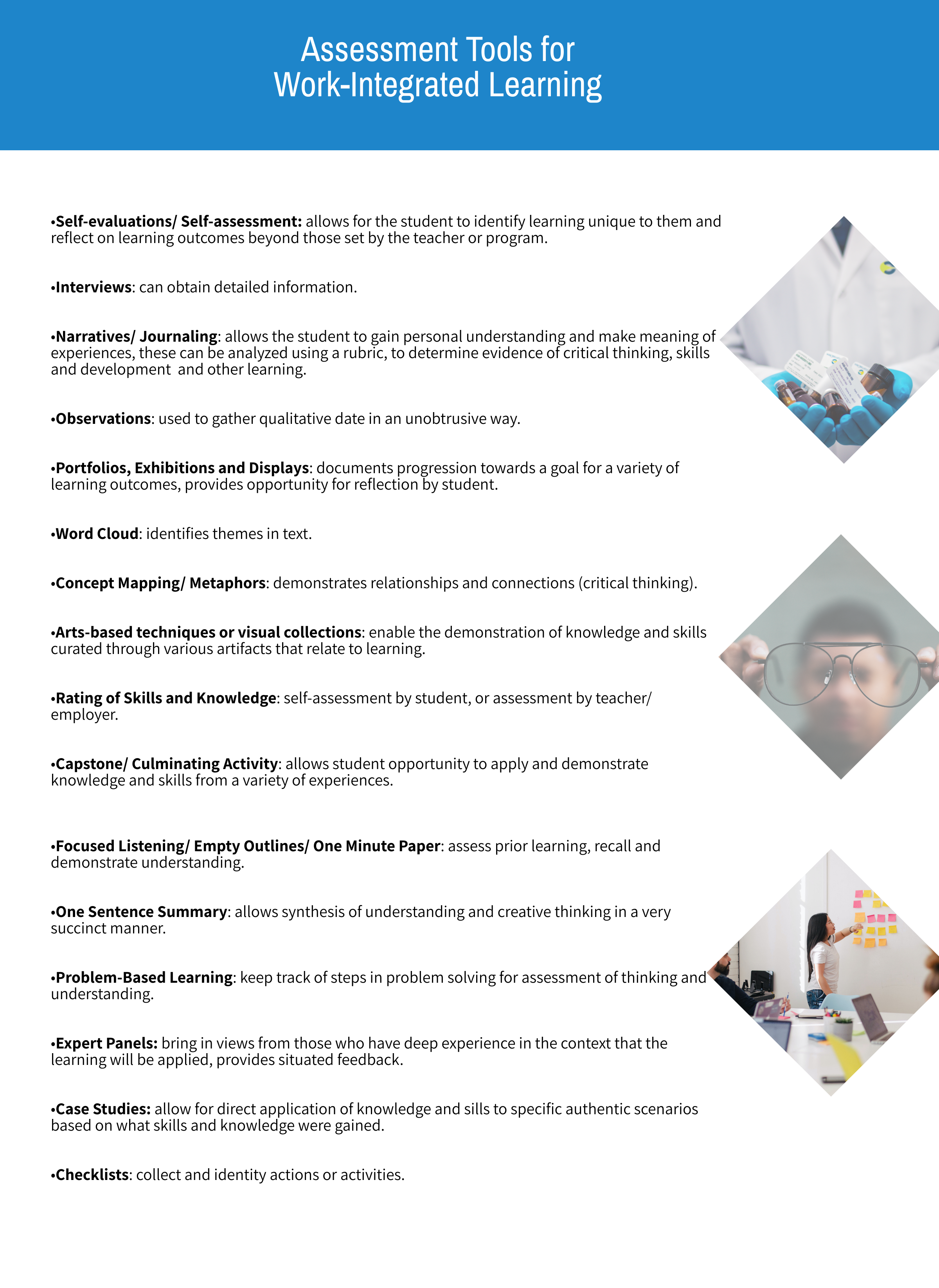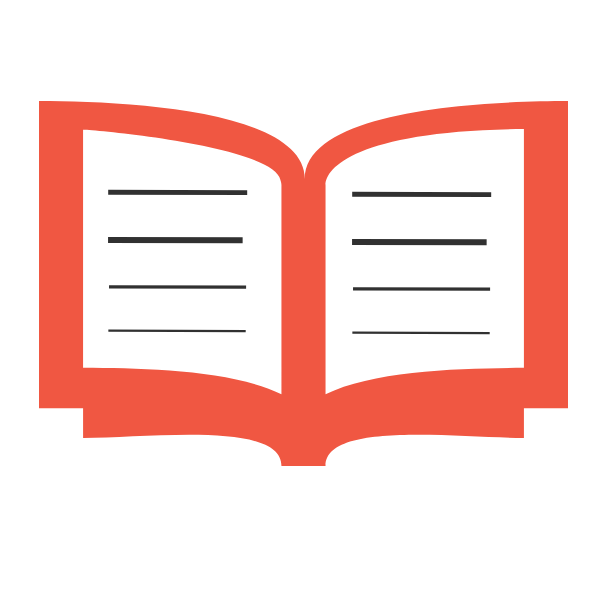Assessment
As WIL Practitioners we are aware of how we learn differently in experience-centric environments versus lecture style classrooms Here we will take a look at how to assess WIL learning in ways that honour how it happens and the more central role the learner and the experience play with respect to what is learned and how. We introduce some tools that work well for assessing work-integrated learning and we remind you to also consider the diversity of your students and how the assessment may be used creatively in remote work and learning settings where technology is the connector.
As we know, central to all impactful experiential education is ensuring that the student is actively engaged in as many facets of the learning as possible. This includes everything from setting their own learning goals through to assessing their own performance and learning outcomes. The student is always the single best person to state exactly what they have learned from their experience. With different learning opportunities emerging from each experience and each student bringing their own unique knowledge, skills, and histories to the WIL experience, assessment approaches must be flexible and customizable. Any assessment tool that prompts critical reflection is helpful in that it will promote the deep thinking (called metacognition) that is essential for the learner to then be able transfer their skills and knowledge to new context.
Let’s take a look at some basic principles the underlie good assessment and the types of assessment you might engage with in WIL learning.
Principles of Assessment for Learning
The UK Assessment Reform Group (1999) identified five big principles of assessment for learning and we have included some tips for WIL Practitioners.
|
Principle |
Tips for WIL Practitioners |
|
The provision of effective feedback to students. |
Identify the points at which you provide formal or informal feedback to your WIL students. |
|
The active involvement of students in their own learning. |
Do your students get to set their own learning objectives? |
|
Adjusting teaching to take account of the results of assessment/student choice. |
How does your WIL assessment tool allow for the unique learning that each student may seek and /or experience? |
|
The need for students to be able to assess themselves and understand how to improve. |
To what extent to students participate in their own assessments? |
|
Recognition of the profound influence assessment has on the motivation and self-esteem of students, both of which are critical influences on learning. |
How does your WIL program provide ongoing feedback that motivates learning? When students are on a work term, how does your program stay connected to their learning? |
Assessment Types
Assessment can occur throughout the WIL experience and/or at the completion of it. In general, assessment that is intended to support and motivate learning occurs throughout the experience and is known as formative assessment. Assessment that is intended to rate or evaluate the degree to which something has been learned typically occurs at the end of the experience and is known as summative assessment. WIL educators may use both types:
Formative assessment (the assessment meant to support learning)
- assessment made to determine a student’s knowledge and skills, including learning gaps as they progress through a unit of study
- used to inform instruction and guide learning
- typically occurs during the course of study
For WIL Practitioners this could include the provision of feedback on iterative versions of resume and cover letter development, feedback during a mid-term check in, feedback from employer interviews, etc.
Summative assessment (the assessment of learning at the end of the learning experience)
- assessment that is made at the end of a unit of study to determine the level of understanding the student has achieved
- includes a mark or grade against an expected standard
For WIL Practitioners this may be the grade or mark that is put on the student’s transcript evaluating the student in their experience. It should ideally reflect the employer’s assessment, the student’s self-assessment, and the institutional assessment of performance against the expected standard.
In summary, WIL assessment of student learning can be used in two ways:
- to support ongoing learning, and
- to evaluate what was learned, which involves a judgment that is made regarding the learning that has been assessed, and is intended to indicate a level of attainment.
How Does WIL Assessment Differ?
In lecture style classrooms the assessment typically focuses on discipline specific knowledge and related academic skills (e.g. critical thinking, writing, etc.) and is set by the professor in advance. The learning outcomes for the course are also typically set by the professor and are the same for all students, regardless of what experience they may bring with them to the class.
In work-integrated learning it is more difficult to pre-determine specific experiential learning outcomes in advance of the experience because the learning opportunities are often emergent versus planned and each student is unique and will experience these events in their own way. Because what unfolds in each workplace varies greatly, the WIL experiential curriculum varies greatly, and each student will learn different things. As a consequence, learners will take away some shared learning and some “unique to them” learning and the assessment tools need to be able to reflect both. Outcomes that are planned for can be determined given what is known about the experience and what the student hopes to gain from it. But the emergent learning cannot be known until it unfolds and the WIL Practitioner often plays an important role in helping students frame what they might first report as a “problem” or “disruption to what they expected” into a “learning opportunity.” When problems are able to be reframed and supported as learning opportunities and students actively invited to participate in the analysis and solution finding, some of the deepest (transformational) learning is often reported.
Example of Critical Reflection and Strategies for Assessing It
Of greatest importance for WIL assessments is that they create space for the reflective processes, which in turn foster continued learning (even after the experiential opportunity concludes). In this sense WIL assessment has as much, or more, to do with enhancing learning as it does with measuring it. Therefore the tools used will often be different to those used to assess and evaluate traditional lecture style classroom learning. Let’s look a bit more at why and how.
Most WIL Practitioners can tell you that reflection is a critical part of WIL assessment process. However not all know why. Having students reflect on their experiences is essential to:
- Ensure the deep (metacognitive) thinking that is required to prompt skill and knowledge transfer (that is often taken for granted), and
- Allow for the deeper questioning of one’s own underlying assumptions, values and beliefs to intentionally re-examine one’s world views and perspectives in light of new information. This is the first step towards “transformational learning” that is often reported as an outcome of WIL experiences, particularly challenging ones.
If the reflection goes beyond the surface level and comes from deeper, more critical reflection, you will see evidence that goes beyond “telling me what you did” to “telling me what you learned from what you did and why”.
Let's look at an example of critical reflection.
|
WIL Student, Reflective Journal Entry: My first week on the job was interesting. My boss was very busy and did not really have time to orient me other than handing me some manuals to read and introducing me to a couple of people. I felt quite nervous and read the manuals as quickly as possible. I then waited for more work and finally decided to send my boss an email since they were always in meetings. I felt they were avoiding me and I was getting frustrated. My colleagues seemed busy too and I began to wonder why they even hired me. Everyone but me seemed to have a purpose. At lunch on Wednesday I ended up chatting with the person in the next cubicle and they told me that a big project deadline was approaching and the team lead had just gone off sick. It's clear to me now that my boss wasn't avoiding me, and rather than not being needed I was probably very needed, but even the time to onboard me was missing. I had misread the cues to a degree as I was only focusing on my own frustration rather than talk to my boss about what I need. I will go in Monday and ask what she needs and try to assist. I assumed they would make me a priority in my first week but I now see that the project delivery date was a stressful priority so will reframe my approach - and may even bring in documents to help reduce the stress. |
To assess critical reflection, the WIL Practitioner cannot look to specific outcomes as the learning is individualized. Instead we need to look for evidence of the student having critically reflected on a given experience or event. This is a proxy for the unique learning that will have resulted from the student engaging in that process and we look for evidence of critical thinking and searching questions such as:
-
- acknowledgement and challenging of underlying assumptions,
- logical reasoning and arguments with supporting evidence,
- recognition of different perspective, interests and types of relationships,
- meaning ascribed to language and terminology,
- multiple perspectives taken,
- drawing of conclusions and alternate conclusions, and
- recognition of limitations to generalizability.
Reference: Assessing Reflective Learning
Prompts for Deep Reflection

Assessment Methods for WIL
As you think about assessment methods, ensure your choice is authentic, meaning the method assesses the outcomes you are looking for in context. This means they need to be able to capture emergent and unplanned learning as well as planned outcomes, and embrace the disruptive and emotional moment that learners experience during their placement. An important role for the WIL Practitioner is to help their students identify these emergent opportunities when they present themselves, know how to best support them, and help learners reflect on their own reactions in ways that allow for personal growth and development. Critical reflection is essential for this movement towards new understandings and we need tools that encourage deep reflection and facilitate self-reporting of what has been learned.
Of particular difference for WIL is what and how we measure what has been learned because:
- the student plays such an important role in setting their learning outcomes
- each student brings their own prior learning and experience to the WIL placement
- each placement experience will unfold uniquely
Consider the following potential categories of WIL student learning outcomes:
- Knowledge, skill, and professional development.
- Movement from periphery to mastery within a work community; gaining context specific knowledge and skills and broadening their professional network.
- Learning how to enact change.
- Deeper knowledge of self (challenging assumptions and beliefs) and potentially developing new world views.
- Unique outcomes that will be determined by unexpected events that unfold during the experience and how these interact with each student (and their existing knowledge, skills, motivations, beliefs, etc.).
Below you will see a list of possible assessment tools for WIL. Remember to ensure the method assesses the outcomes you are looking for.

| Think about the WIL student journey and points where you engage in assessment with the student. You may want to ask yourself whether the feedback you provide (say on a site visit or in a preparatory class) intends to improve performance or provide an evaluation? Is there a balance between the two, formative for performance, or summative for evaluation? Do these assessments also include the student’s perspectives? Does the final evaluation of the WIL experience (often a grade, P/F, or performance rating) include both the student’s and employer’s input as well as the institution’s? |
 |
For those who wish to delve a little deeper into the literature, please review the following articles: |